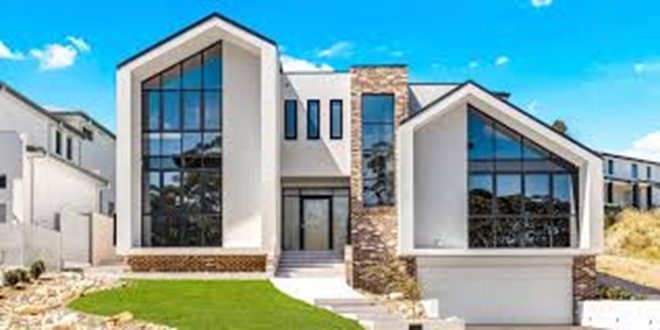Sydney’s rich architectural heritage creates a fascinating tension between preservation and progress. Across the city’s most established suburbs, heritage overlays protect the character of historic streetscapes while residents seek to modernize their homes for contemporary living. This balancing act has created a specialized niche requiring deep expertise in both historic preservation and innovative design solutions.
Understanding Heritage Overlay Complexity
Heritage overlays in Sydney are more comprehensive than many property owners initially realize. Beyond protecting individual heritage-listed buildings, these controls often extend to entire streetscapes, conservation areas, and even individual landscape features. Suburbs like Paddington, Balmain, Woollahra, and parts of the Inner West operate under strict guidelines that regulate everything from roof lines and materials to window proportions and front fence heights.
Modern Family Needs vs. Historic Design
The challenge for modern families is that Victorian and Federation-era homes, while architecturally beautiful, were designed for very different lifestyles. Rooms are typically smaller and more compartmentalized, kitchens were originally service areas tucked away from main living spaces, and outdoor connections were limited. Today’s families want open-plan living, large kitchens as social hubs, multiple bathrooms, and seamless indoor-outdoor flow – all while maintaining the historic character that makes these neighborhoods so desirable.
The “Heritage Front, Modern Back” Solution
Custom builders in Sydney have developed sophisticated approaches to these seemingly contradictory requirements. The key is understanding that heritage guidelines typically focus on street-facing facades and overall building form, while allowing more flexibility for rear additions and internal modifications. This has led to the evolution of the “heritage front, modern back” approach, where historic facades are carefully restored while contemporary additions extend toward rear gardens.
Internal Reconfiguration Strategies
Internal reconfiguration often provides the most dramatic improvements. Removing non-structural walls to create open-plan living, relocating kitchens to more central positions, and adding skylights or clerestory windows can transform dark, compartmentalized interiors without affecting external heritage values. Experienced custom builders in Sydney work closely with heritage architects to identify which elements are truly protected and which can be modified or removed.
Navigating Approval Processes
The approval process requires careful navigation of both council heritage departments and sometimes state-level heritage authorities. This typically involves detailed heritage impact statements, archival research into original building plans, and sometimes archaeological assessments. The documentation requirements can be extensive, but they also provide valuable insights that inform design decisions.
Materials and Craftsmanship Requirements
Material selection becomes crucial in heritage contexts. Traditional materials like sandstone, slate, and timber must often be matched exactly, requiring specialized suppliers and craftspeople. However, modern equivalents are sometimes acceptable for non-visible applications, allowing for improved insulation, weatherproofing, and structural performance while maintaining authentic appearances.
Financial Dynamics and Market Returns
The financial dynamics are complex but often favorable. While heritage projects typically involve higher initial costs due to specialized requirements and approval processes, the end result is usually a property that commands significant premiums in Sydney’s market. Well-executed heritage renovations in desirable suburbs often achieve some of the city’s highest price per square meter figures.
Custom builders in Sydney who specialize in heritage work have developed relationships with specialist trades – stonemasons, leadlight glaziers, slate roofers, and heritage plasterers – whose skills are essential for authentic restorations. This network of specialists has become a competitive advantage, allowing complex heritage projects to be completed with the quality and attention to detail that both councils and discerning clients demand.

